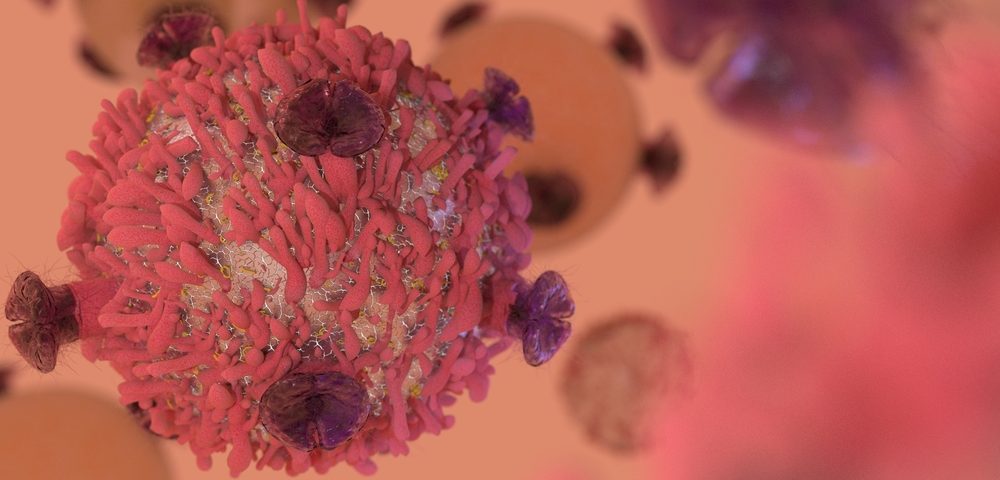New insights into the molecular processes leading to the exhaustion of tumor-fighting T-cells may allow researchers to develop new methods of boosting cancer immunotherapy approaches.
In a recent study titled “Exhaustion-associated regulatory regions in CD8+ tumor-infiltrating T cells,” researchers at the La Jolla Institute for Allergy and Immunology tracked down two factors that work together to make so-called cytotoxic T-cells (a type of white blood cell that destroys damaged cells) unable to react to a tumor. The work was published in the journal PNAS.
“Immunotherapies are showing real effectiveness in patients, but in some cases effectiveness is short-lived,” Patrick G. Hogan, PhD, a professor at the Institute’s Division of Signaling and Gene Expression and the study’s coauthor, said in a press release.
“To continue to make real advances in the clinic we must keep refining these approaches. One way we do that is by understanding how tumors talk immune cells out of doing their job,” he said.
To study the processes that lead to T-cell incapacitation, researchers produced two groups of cytotoxic T-cells. One group could recognize molecules on the tumor’s surface to launch an attack (mimicking a naturally occurring T-cell); the second group lacked the specific tumor-recognizing receptors.
Researchers injected the cells into mice with melanoma tumors. While both groups of cells could be found close to the tumor, only the normal cells started showing signs of exhaustion. The exhaustion was caused by prolonged T-cell overactivity, making them unable to send invaders to attack the tumor cells. Cells that did not “see” the tumor did not show much signs of exhaustion.
To understand what was going on, the team analyzed cell activity changes by comparing the exhausted and unexhausted cells. With the help of two different methods, they tracked down two DNA-binding factors as likely villains. DNA-binding factors can turn genes on or off by physically interacting with the DNA.
One of the factors, a DNA-binding protein called NFAT, is a known immune system player that serves many roles. Earlier research suggested that it might be involved in the exhaustion of T-cells during chronic viral infections.
The second factor, proteins belonging to a family called Nr4a, seemed to be specifically involved in the exhaustion process, which is crucial when attempting to develop treatments that target the process. Drugs targeting a molecule with a limited and specific function are likely to produce fewer side effects than medications that target factors with many roles, such as NFAT.
Immunotherapy includes PD-1 inhibitors, which are a class of drugs that help the immune system attack tumors by blocking PD-1 (a cell receptor that controls T-cell inflammatory activity). By blocking the T-cell inflammatory mechanism, the immune system is activated to target cancerous cells.
“PD-1 inhibitors have produced great results as immunotherapies,” said Giuliana P. Mognol, PhD, the study’s lead author. “Even so, more than 50 percent of patients do not respond to this therapy. Identifying new molecules that could be targeted together with PD-1 could be important for combination approaches, which are likely the future of immunotherapy.”


